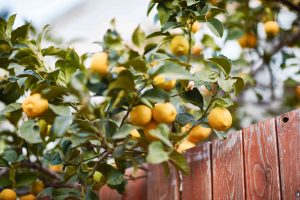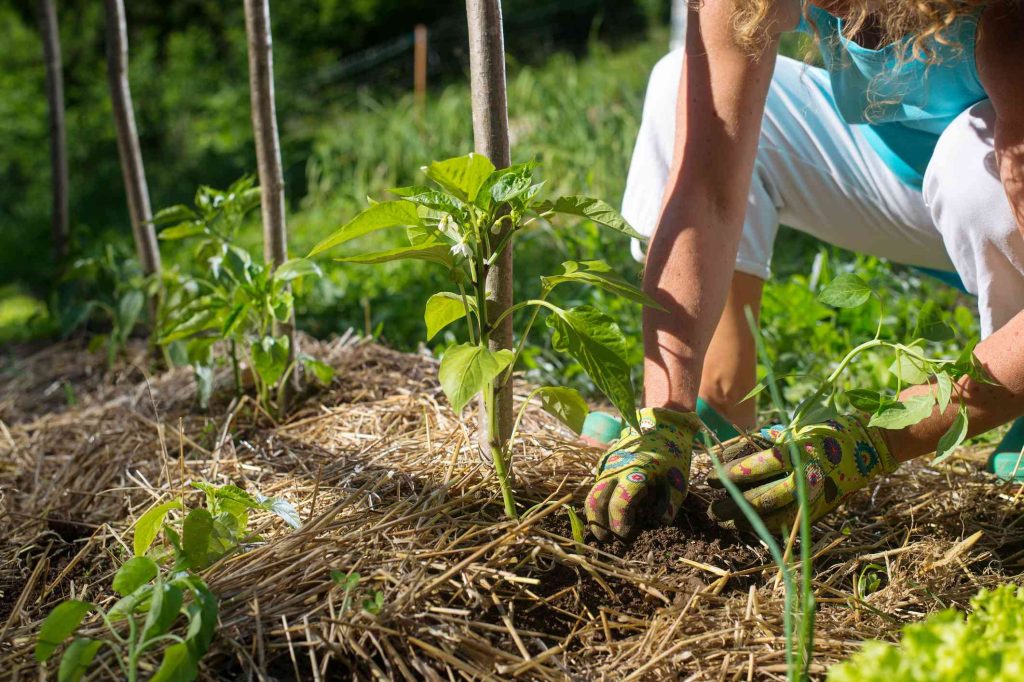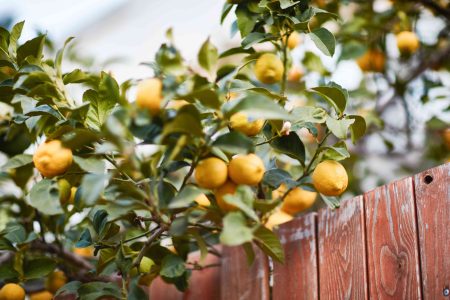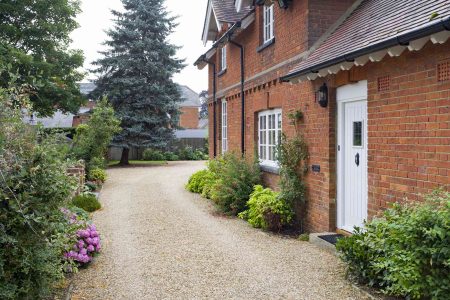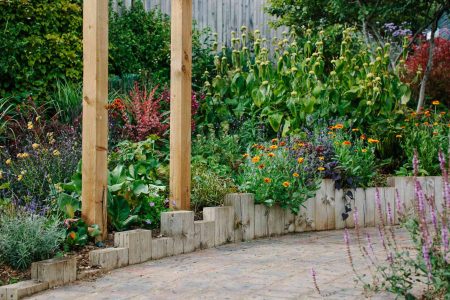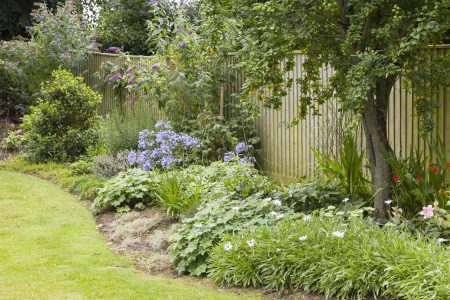Should I mulch my vegetable garden? What mulch should I use and when should I apply it?
Garden experts almost always recommend adding an annual application of natural organic mulch to vegetable beds. But how exactly does mulch work and how do you use it to your advantage?
We spoke to Caleb Goossen of the Maine Organic Farmers and Gardeners Association (MOFGA) for his top mulching tips and tricks for soil improvement, fewer weeds, and healthier plants.
Meet the Expert
Caleb Goossen is the Organic Crop and Conservation Specialist at the Maine Organic Farmers and Gardeners Association (MOFGA), based in Unity, Maine.
Benefits of Mulching Your Vegetable Garden
When applied over garden beds, mulch acts like a natural insulator, shielding soil against the harsh wind, driving rain, and hot summer sun.
“This helps to keep the soil cooler, conserves moisture, and blocks weed growth,” Goossen says.
Today, gardeners can choose between inorganic mulches, like synthetic landscape fabric, or organic mulches, such as bark, wood chips, pine needles, and compost. But while both of these mulch types have their perks, Goossen favors organic mulches, which offer particular benefits to veggie beds.
“Mulch composed of a natural organic material (straw, bark, etc.) will feed soil life as it breaks down,” Goossen says.
This is great news if you’re looking to build soil health over time; however, natural mulches don’t just contribute nutrients to garden beds. They also enhance soil structure, boost water retention, and increase the activity of beneficial microbes and earthworms.
Want more gardening tips? Sign up for our free gardening newsletter for our best-growing tips, troubleshooting hacks, and more!
5 Types of Mulch to Add to Your Vegetable Garden
When choosing a mulch for your garden, there are many factors to consider, like cost, availability, and whether or not the mulch is appropriate for the types of plants you’re keeping.
“Good mulches are typically easy to get your hands on and free of weed seeds or other contaminants,” Goossen says. “Ideally, they should also break down slowly to provide a long-lived mulch in relation to the lifespan of the crop in question.”
Goossen explains that straw, bark mulch, and hay are particularly common mulches in the Northeast. But gardeners in any region can find a number of effective natural mulches for vegetable gardens, including:
- Compost. One of the absolute best mulches for food crops, compost is typically used as a soil amendment to boost soil fertility, but it can also be layered across soils as a mulch. Since compost naturally resembles soil, it blends right into landscapes, and it can even be made at home to reduce gardening costs.
- Chopped autumn leaves. Autumn leaves are another potentially free garden mulch, although they should be chopped with a mulcher or leaf shredder before use. Chopping leaves keeps the mulch from matting and it helps the nutrients leaves contain become incorporated into the soil a little faster.
- Pine needles. If you live in a region where pine needles are easy to find, this natural mulch can also be gathered for free. Pine needles don’t change soil pH significantly and they can be used as a mulch on most plants; however, they’re particularly popular for acid loving crops like blueberries!
- Wood chips or bark mulch. Wood or bark mulches are often used in ornamental beds, but they can also be applied to garden walkways and perennial vegetable gardens as long as you choose a natural, un-dyed mulch. Just remember to apply a nitrogen-rich fertilizer when using wood mulches as these products can tie up nitrogen in the soil.
- Weed-free straw or hay. Goosen notes that straw and hay are more likely to contain weed seeds than other mulches, so be sure to purchase these mulches from reliable suppliers. Straw and hay mulch are typically used to mulch strawberries, but they’re handy for growing melons and hilling potatoes as well.
How Mulching Helps Keep Weeds Away
Empty soil is an open invitation for weed seeds, which is why the best way to prevent weedy problems is to keep soil covered at all times. Groundcovers, cover crops, and weed barrier fabrics can all be used to shelter soil from weeds, yet mulching is still one of the most popular and traditional ways to smother out existing weeds and keep new weed seeds from germinating.
Shallow layers of mulch are less effective at suppressing weeds than thick mulch coverings, but you don’t want to apply mulch too deep. Ideally, aim for about three inches of mulch over garden beds and keep mulches a few inches away from plant stems to prevent rot.
Applying a layer of new mulch once a year in spring or fall will replenish old mulch, keep beds looking tidy, and ensure weed seeds don’t creep in over time.
Read the full article here




